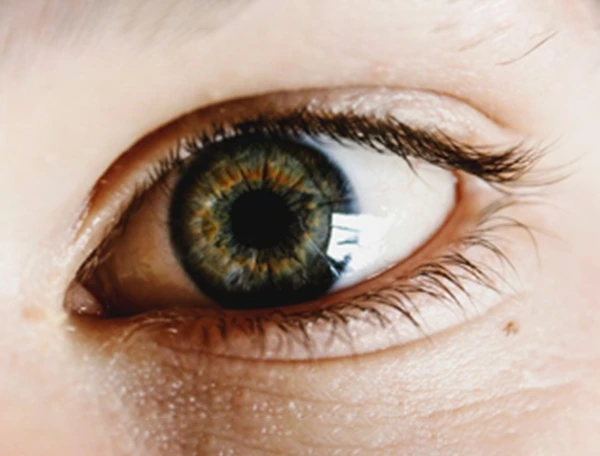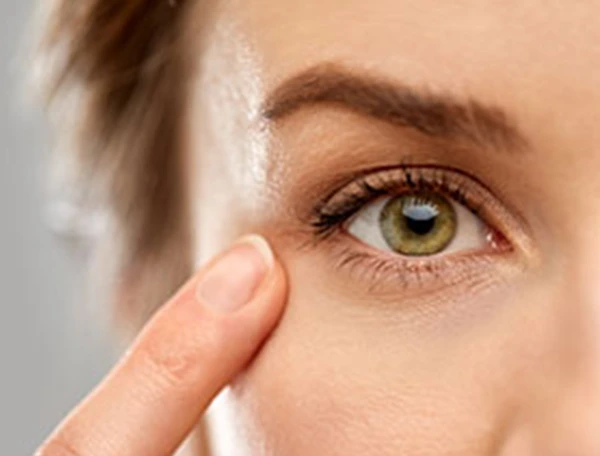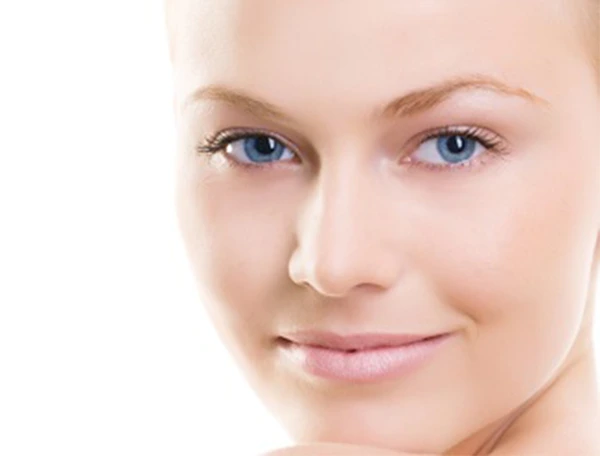
Dr. Sumit Bapna · February 1, 2018
Posted In: Eyelid Surgery
The eye area is typically one of the first places to show signs of the aging process. Lines, puffiness, dark circles or bags below the eyes, and excess, droopy eyelid skin can contribute to a tired, aged appearance.
An eyelid lift, or blepharoplasty, can help correct such issues surrounding the eye and is among one of the most frequently performed cosmetic surgeries. Eyelid surgery can be performed on your upper eyelids, lower eyelids or both, and is often undergone in conjunction with additional procedures or treatments, such as a facelift or skin resurfacing.
Eyelid rejuvenation procedures help to restore a refreshed, healthier look to the eye area by focusing on improving three main components of the lid: skin, muscle, and fat. Before treatment, patients undergo a full evaluation in order to include the appropriate techniques and procedures in the rejuvenation plan and to achieve optimal results.
An assessment of your aesthetic goals, medical history, and physical characteristics, such as your underlying facial muscles and bone structure, will help to determine the best approach and right treatment plan in your individual case.
If you’re considering an eyelid lift, it can be important to understand the basic factors involved in this type of surgery and the different options available. Here’s a rundown of some eyelid surgery essentials:
An upper eyelid lift, called an upper blepharoplasty, can help correct issues such as heavy, droopy upper eyelids that may obscure the natural crease of the eye (also sometimes referred to as hooding of the lids), a puffy appearance to the upper lids, wrinkles, and excess, loose skin. Some patients undergo the surgery for functional as well as cosmetic reasons in cases where overhanging upper eyelid skin impairs vision.
The procedure entails the removal of excess skin, muscle, and underlying fat bulges to improve the contour of the lids and restore a more open look to the eyes, creating an overall brighter, more rested and alert appearance. Surgery may also potentially eliminate related vision problems.
Incisions are made along the natural contour lines of the upper and lower eyelids and will fade and blend into the natural creases of your lids, so any scarring is virtually indiscernible.
In some cases, drooping of the upper eyelid can be due to poor muscle function, which is a medical condition called ptosis. Before undergoing surgery, patients will undergo an assessment to determine if the eyelid muscle is functioning properly. If ptosis is present, different procedures may be required to correct the condition in order to obtain the best results.
Skin laxity of the forehead and eyebrow can also contribute to upper eyelid droopiness and a brow lift or additional procedures may be recommended based on your aesthetic goals and to achieve your desired results.
There are several treatment options and approaches for addressing concerns related to the lower eyelids, such as excess skin, puffiness and under eye bags. The lower eyelid skin is extremely delicate and grows increasingly thinner with age, prone to developing wrinkles, a crepe-paper like texture, and fat bulges beneath the skin.
A lower eyelid lift, called a lower blepharoplasty, offers the most significant and only permanent improvement for these issues. The traditional approach to this surgery places the incision just below the eyelashes, removing and/or repositioning excess skin and fat, and potentially removing and/or tightening a portion of the underlying muscle.
A transconjunctival approach is a different technique used in a lower blepharoplasty. This method places an incision along the lining of the eyelid, leaving no visible scar and effectively eliminate puffiness, under eye circles and bags due to excess fat.
An alternative procedure to the lower blepharoplasty is a lower lid “skin-pinch” surgery, which helps smooth the lower lid contour by removing small amounts of skin and mild crepiness. The procedure refreshes the lower eyelid area and can be a great option for those with only a little extra skin and who may need “just a pinch” removed.
Lower eyelid tone can be an important factor in selecting a treatment option. If the structure of the lower eyelid isn’t strong enough to maintain its natural shape, additional procedures may be necessary to support then structure of the eyelid and potentially factor into the decision.
There’s also an increasing number of nonsurgical options available for improving the appearance of the lower eyelids and reveal younger looking skin. Non-invasive alternatives, such as laser treatments, chemical peels, injectable fillers, microneedling, and new technologies that use radio frequency or ultrasound can also provide some degree of skin smoothing and tightening benefits.
Tear trough correction is another consideration when formulating an overall eye rejuvenation plan. The tear trough is the crescent-shaped under-eye area or hollow between the lower lid and cheek. This area can become more prominent as a result of aging, causing the appearance of dark circles beneath the eyes.
There are a range of methods from surgery to injections, that can help improve the loss of volume and thin, crepey skin affecting the tear trough.
Ultimately, a combination of procedures may be the most beneficial and effective solution. Your cosmetic surgeon can help you determine a plan to best address your goals and concerns and is the right match for your unique needs..
To learn more about eyelid lift surgery or other treatment options that can help give you a fresh-eyed look, schedule a consultation at [primary_practice] today.

April 10, 2024
What Is Upper Eyelid Surgery? Upper eyelid surgery, also known as upper blepharoplasty, is a facial rejuvenation proced...

December 10, 2019
As you age, the skin on your eyelids will eventually sag, causing bulges and stretching on your eyelids. Eyelid surgery ...

Call us at 614-876-6673 or fill out the form below to begin your facial enhancement journey.